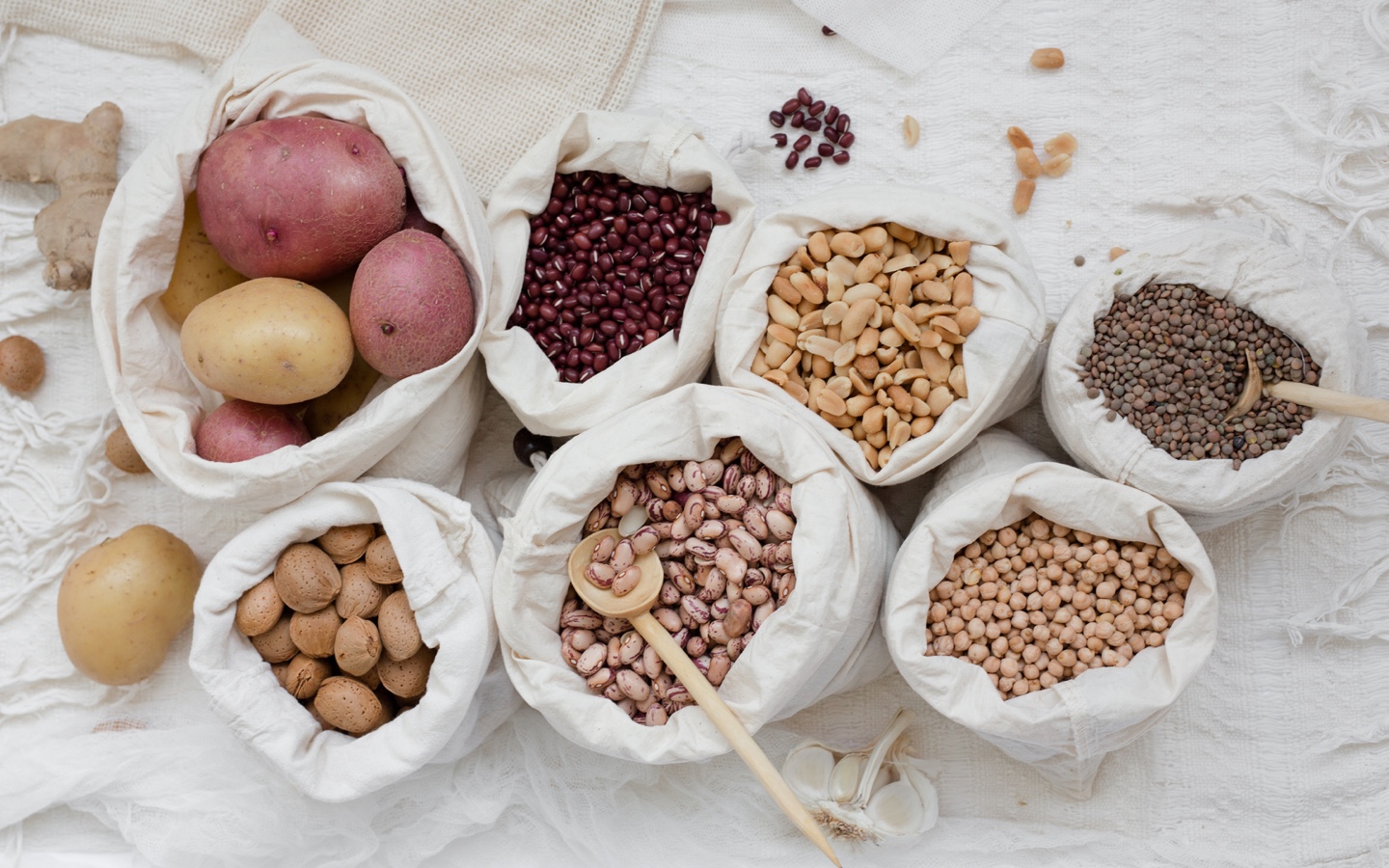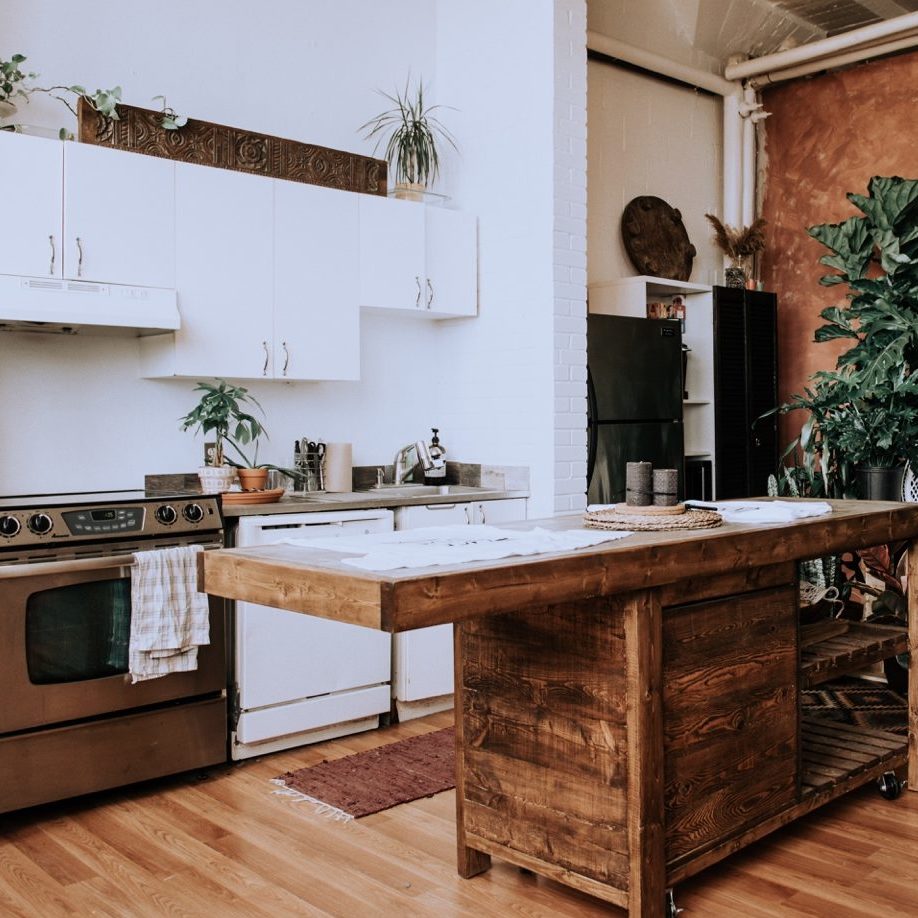Three simple hacks to reduce the environmental footprint of your kitchen with Isaias Hernandez.
Zero-waste cooking reimagines your relationship with food. By using all of your ingredients, you can reduce your environmental impact, not to mention your budget. After all, food waste is a huge issue in most of our kitchens, and shifting to zero-waste cooking is an excellent start for those who want to lessen their carbon footprint.
Americans waste 40 percent of food, which leads to an annual loss of $218 billion a year. Many of us are guilty of buying ingredients that we end up not using — meaning the resources used to create the food, package it, and ship it to our kitchens are all wasted. But as conscientious consumers, we don’t need to invest much effort to prevent food waste; it all starts with rethinking your kitchen ingredients and how you use them beyond your plate. Here are a few ways to start your zero-waste cooking journey. It’s as easy as following a recipe book — I promise!

Step 1: Planning Your Sustainable Meal
Choose weekly meals that use similar ingredients. One of the most important factors that people forget is realizing the number of ingredients they have at home, so make sure to do a quick audit of what you already have before asking yourself at the checkout line if you already have it. Opening your refrigerator and assessing if the groceries you plan to get will fit in the refrigerator is also beneficial. Be sure to check out the bulk section and look for items not wrapped in plastic. It’s also a good idea to have a set budget every week to ensure you are not spending more than you should. Now that you’ve consciously planned out your meals and budget for the week, it’s important to educate yourself on preserving produce.
Step 2: Preservation Is Key
Preservation and properly storing produce are essential; many of us have bought fruits and vegetables that rot in a few days simply because we forget about their shelf life. According to the FDA, your refrigerator should be set at 40 degrees to prevent food from growing bacteria. Not only will this temperature slow bacteria growth, it will also give your produce a longer shelf life. Preserving food in glass jars is also a huge lifesaver — most plastics can leech toxic chemicals onto the ingredients. When it comes to nuts and seeds, we leave our nuts and seeds in our pantry, but they can quickly go rancid when it’s hot as they need to be kept below 70 degrees. Freezing vegetables and fruits is also a great tip to prevent your food from spoiling, especially when you know you have a busy week. According to Eat Right, frozen foods still contain all their nutrients and vitamins compared to fresh produce, which loses its nutritional value each day. By freezing your food, it allows all the nutrients to be preserved. Chop your food into pieces for more efficient storage. Now that you’ve been able to educate yourself on food waste, you can start cooking!

Step 3: Use It All
Zero-waste cooking requires time and dedication. But it’s rewarding when you are able to use ingredients in creative ways by rethinking your cooking skills. Food scraps are common whenever you are cooking, and they are great for making veggie broth. If you have no plans to use your extra produce bits for cooking, many, like scallion roots, will regrow if you put them in a jar with water. Having an endless surplus of free produce in your own home is awesome. Of course, if that’s not your thing, you can always compost your veggie scraps and use the nutrient-rich soil on your plants. Composting will enrich soil and make plants resilient to pests and diseases.
At the end of the day, zero-waste cooking is about valuing progress, not perfection. There is no such thing as the perfect way to do zero-waste cooking, but there are ways to reduce your kitchen’s environmental impact by taking simple steps to be a conscientious cook.

Shop Pillows
The Essential Organic Pillow Collection
Gentle, breathable, non-toxic support.






